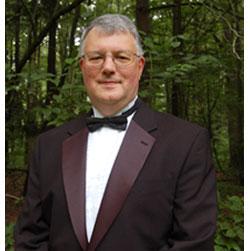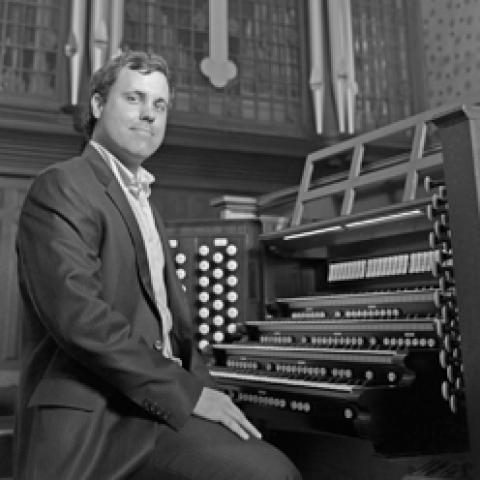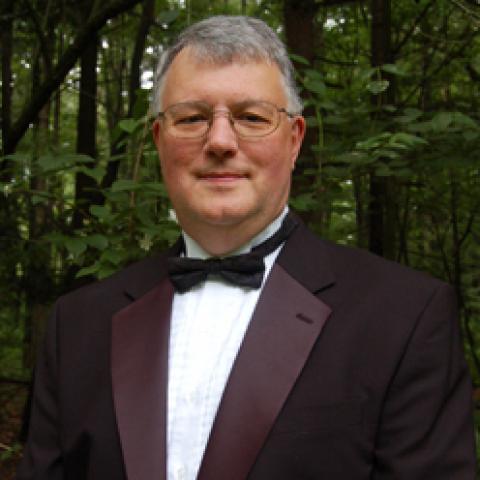
Steven L. Egler has been appointed Artist in Residence at First Congregational Church, Saginaw, Michigan.
His one-year term begins September 1. As the congregation’s first resident musician, Dr. Egler will make use of the church’s facilities for practice, teaching, and recording purposes, take part in the congregation’s Friends of Music series of recitals, be active in the commissioning and premiering of new music for organ and choir, serve as a consultative resource to the church’s music program and organ committee, and take part in Sunday worship and special services as determined by his professional schedule.
Egler, professor of organ at Central Michigan University, holds the bachelor of music, master of music, and doctor of musical arts degrees in organ performance from the University of Michigan, where he studied organ with Robert Glasgow and harpsichord with Edward Parmentier. Additional study has been with Lillian McCord, Catharine Crozier, Charles W. Ore, Quentin Faulkner, and George Ritchie.
He has appeared as a soloist, collaborative musician, and clinician throughout the United States, as well as in Canada, Norway, and France, and he has performed as a member of the Shelly-Egler Flute and Organ Duo for over 35 years. His performances have been featured on Pipedreams, and he has performed and given workshops for eight regional and national conventions of the American Guild of Organists and the National Flute Association.
He has also taught in six AGO Pipe Organ Encounters and he has adjudicated various organ competitions, including the National Organ Competition in Ft. Wayne, Indiana. Egler has been honored by his colleagues five times with the Professor Merit Award for his teaching, creative endeavors, and scholarly work.
The Shelly-Egler Duo’s CD, The Dove Descending, is available from Summit Records, and Dr. Egler’s first solo CD, When in Our Music God Is Glorified, recorded in 1999 by Prestant Records on the 1997 Casavant organ, Opus 3756, at Central Michigan University, is available from the Organ Historical Society.
Egler’s collaboration with the late Paul Willwerth, professor of trumpet emeritus at Central Michigan University, resulted in two CDs: Music for Trumpet and Organ (a remastering of an earlier LP recording) and Ecclesiastical Music for Trumpet and Organ (compositions by Dr. Willwerth). His most recent CD, The Organ Works of Gerald Near, was recorded by White Pine Music and is available from MorningStar Music.
First Congregational Church houses a three-manual, 70-rank organ containing historic pipes from Skinner Op. 751 that is presently under renovation. The chapel houses an unaltered two-manual, nine-rank pipe organ, built by the Aeolian-Skinner Organ Company, Inc. (Opus 1327). Nicholas E. Schmelter, a former student of Dr. Egler, is director of music ministries at First Congregational Church, and was appointed to that position in February 2011.




